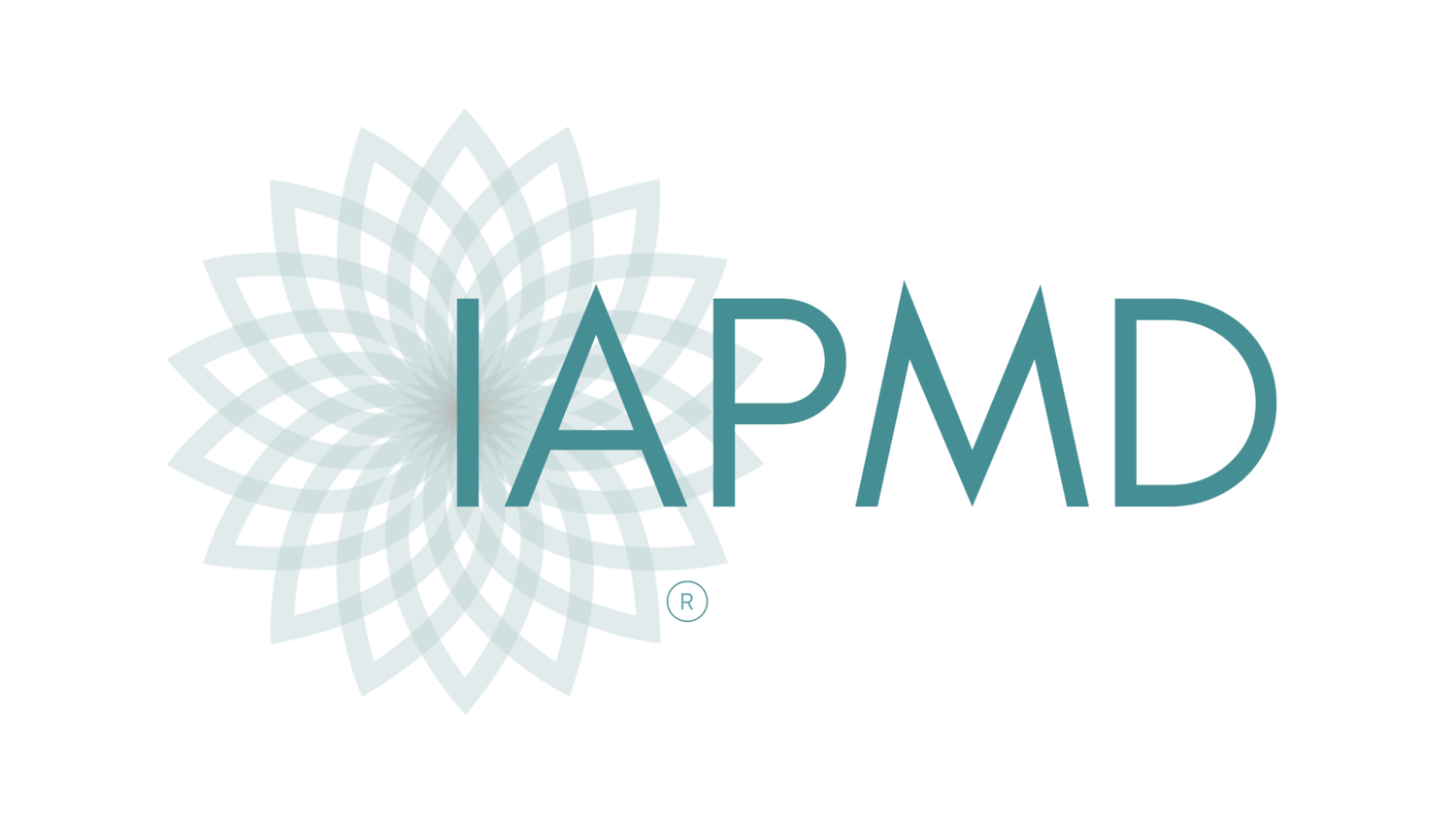Gather is a space for anyone interested in advancing women's health. Even if you don't identify as a "woman" - you are welcome! If there are ways our community can be more inclusive, please let us know. Cultures and language are constantly evolving, and we want to be an advocate in supporting an inclusive society. Learn more at gatherforwomen.com.
Six years ago, I was diagnosed with Premenstrual Dysphoric Disorder - PMDD. Every month, I’d experience the typical symptoms of PMS in addition to panic attacks, depression, rage, chronic fatigue, nausea, and blinding pain.
The internet didn't provide much insight at the time, but I was lucky enough to have a gynecologist who guided me through the three-month tracking journal where I wrote down my daily mood and emotions. To be properly diagnosed, you have to go through three cycles and determine if the dips in mood are occurring in a cyclical pattern around your period. Day 3 - tired, but positive. Day 10 - energetic, excited. Day 24 - angry, non-social. Round and round and round, until finally - "Yes, it looks like premenstrual dysphoric disorder."
Not unlike other things that torture us, naming it was only half the battle.
Because the symptoms are “invisible”, for a while, it felt like a fake disorder. I’d constantly battle the doctor’s diagnosis in my head, convincing myself that I could control this. That if I accepted it, I’d just be another cliche - the emotional woman who’s PMSing.
For years, I powered through it. I stopped listening to my body and put on that face many of us do, while faking through the pain. I'd spend the better part of six years on and off birth control and anti-depressants until finally I started planning my life around my period. I'd avoid social gatherings every four weeks. I'd flake out on plans if the symptoms were too much. I'd spend hours home alone, sobbing, vomiting, and throwing myself into a panic. I'd get lost in all the paranoia and internal debate I had going on in my head - including the growing voice that said, Everyone would be better off without you.
According to the Gia Allemand Foundation, an estimated 15% of women with PMDD will attempt an act of suicide in their lifetime. When I couldn't sleep, I'd scroll through fact after fact on my phone, curled under the covers, wondering to myself is 15% a lot or a little? It seems small, but also, we're talking about suicide. I was so well versed in what was wrong with me, yet somehow, I couldn't wrap my head around the reality of it. During those darker weeks, it was if all the logic was sucked out of the room and all I had for company was that same voice. Everyone would be better off without you.
April 2017 was the darkest onslaught of symptoms. I went from getting ready for a birthday party to a full-on panic attack in about 15 minutes. I ripped down all of the clothes in my closet. I tried to physically pull my hair out. I punched my thighs until they bruised. And after I wore myself out, I curled up in the nest of clothes in my closet and took a nap. I eventually moved to the couch, then bed. I was horizontal for the next two days.
“You’re thirty years old. You are an adult. Why can’t you just stop acting like a baby. People who love you are getting tired of you.
Everyone would be better off without you.”
How do you explain the feeling of being suspended between wanting to die and not having the mental capacity to decide how to do it? How do you write the order of thoughts that go through your head when you want to disappear, indefinitely? Even though I am building a community that encourages openness and vulnerability, I've put off this post for months because no one wants to hear about your suicidal thoughts.
But this story isn't about suicidal ideation or PMDD. It isn't about periods or bad symptoms. It's about what it means to speak about pain. It's about how we expel suffering. It's about how we support each other, encourage one other, to share our real and raw life experiences - because this is what we are meant to do as humans.
Until I started telling people what my own suffering looked like, I was incapable of healing. And the more I shared, the more others shared with me. And the more they shared with me, the softer that scary voice inside became.
--
If you dig under a redwood tree - dig all the way to its roots - you'd discover this incredible network connecting tree after tree after tree. You'd see how much work is being done as a collective to support these massive, beautiful things. And these trees aren’t unlike humans. To live healthy, full lives, we have to tap into that network. We have to rely on one another. We have to dig to our roots and see that we need each other.
This is what I'm hoping to build with Gather. Communities should be easier to find. Content related to illnesses should be easier to understand. And resources should be more accessible to everyone.
A pain-free life isn’t an option. But we can choose how we take care of ourselves and each other. Gather serves as that network for women who are suffering in silence - to remind them that we are here. And no one is ever better off without us.
We are on a mission to change the way women learn about their health and how they develop a closer relationship with their bodies. And I’m so happy you are here to be a part of it.
/ Illustration by Anna Parini

